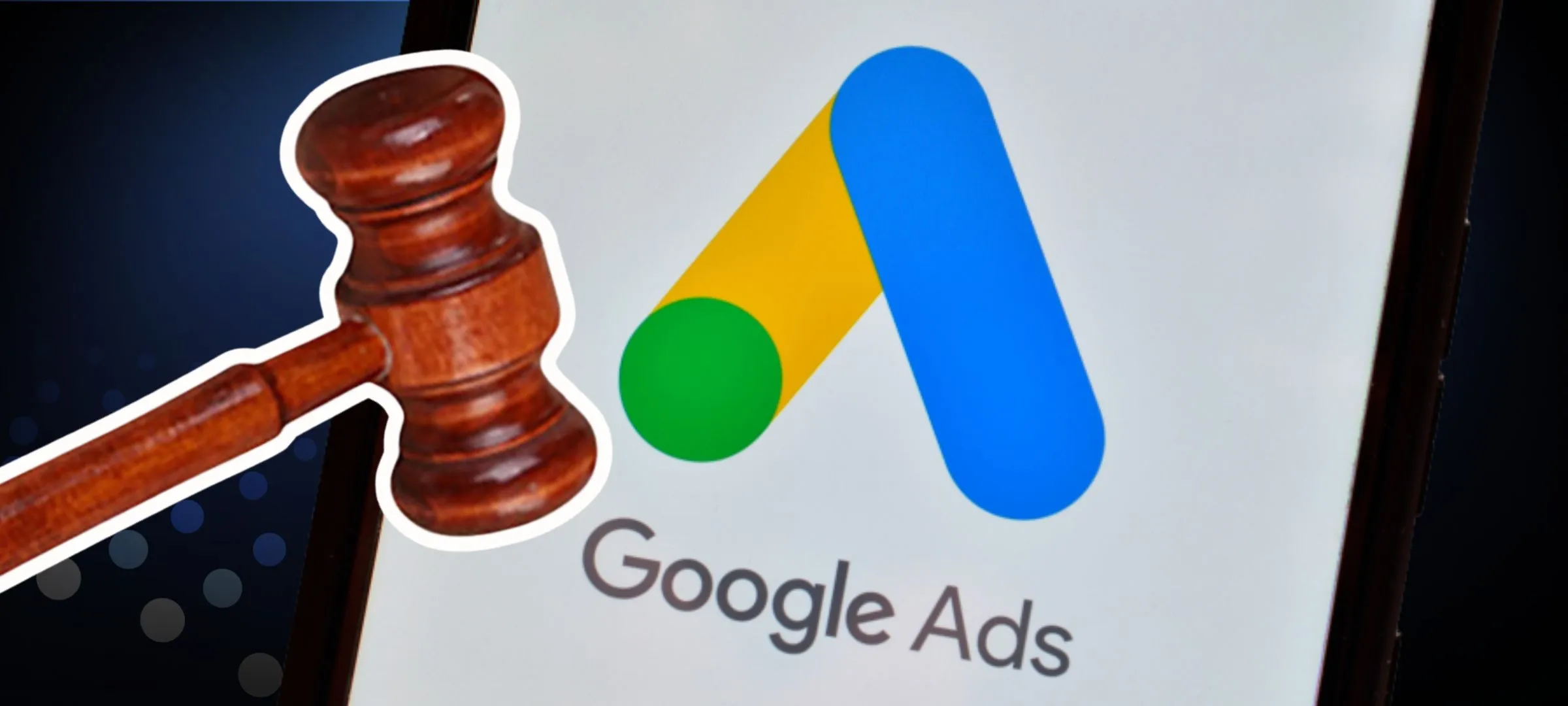Google’s Ad Tech Monopoly Ruling: What Auto Dealers & Marketing Vendors Need to Know
Published: 04/18/2025

Google’s Ad Tech Monopoly Ruling: What Auto Dealers & Marketing Vendors Need to Know
What’s happening, what it means, and how to prepare in automotive
What Happened?
A U.S. federal judge just ruled that Google holds illegal monopolies in online advertising technology—and it's a game-changer for digital marketing.
The U.S. Department of Justice (DOJ) claimed Google abused its dominance by controlling multiple layers of the digital ad process—from the tools advertisers use to buy ads, to the exchanges that auction them off, to the servers that display them on websites. And the court agreed.
How Does Google Control the Ad Process?
Here’s why this is such a big deal:
Google owns:
- Google Ads – Where advertisers bid on placements
- Google Ad Exchange (AdX) – Where those bids are auctioned
- Google Ad Manager (formerly DFP) – What websites use to serve those ads
That’s like owning the gas station, the pump, and the nozzle.
Google sets the rules and takes a cut at every step.
This tight control has made it hard for competitors to break in—and could mean higher ad prices, less transparency, and fewer options for marketers like you.
What Happens Next?
Now that the court ruled in favor of the DOJ, the government can pursue “remedies.”
That could include:
- Forcing Google to break up its ad tech business
- Requiring it to spin off or sell either Ad Manager or the Ad Exchange
- Creating more neutral ground for ad auctions
Think of it like splitting Google’s stack in half, so it no longer controls both the buy side and sell side of the ad world.
Timeline of Impact: What This Means for Dealerships and Vendors
🔹 Short-Term (2025–2026)
- Google is appealing the ruling.
- No immediate changes—ads will continue to run as usual
- Dealers can still use Google Ads and rely on existing vendors without interruption.
🔸 Mid-Term (2026–2027)
- If the court enforces a breakup (like separating Ad Manager from AdX), the market will shift:
- More competition enters
- Better pricing and transparency may emerge
- New platforms could pop up, or current ones could improve
- BUT: You may have to adjust campaigns and strategies as the ecosystem evolves.
🔻 Long-Term (2027 & Beyond)
- A new landscape could take shape:
- More ad platforms to choose from
- Less reliance on Google
- Potential learning curve for tools, reporting, and performance tracking
What Should Auto Dealers & Ad Vendors Do?
Diversify your ad strategy now so you’re not caught off guard later.
Consider:
- Meta (Facebook/Instagram) – Still great for local branding, events, retargeting, even AIA
- Microsoft Ads (Bing) – Continued growth value for intent-based searches
- Partners that Utilize The Trade Desk – Programmatic powerhouse for conquesting and retargeting without Google’s stack
- Partners that Utilize Amazon DSP – Target in-market shoppers based on real purchase behavior
- Partners that Utilize OTT/Streaming (Roku, Hulu) – High-impact brand ads
And don’t forget:
- Use partners and reporting tools that create unified reporting and clearer attributions
- Ask your current vendors how much of your strategy relies on Google
- Start testing non-Google channels now—before any shakeups hit
This ruling won’t affect your campaigns tomorrow—but it will change the future of automotive digital marketing. The smartest dealerships and vendors will use this moment to get ahead of the curve, explore new platforms, and build flexible, future-proof strategies.
The ad tech monopoly is cracking.
Time to take back control of your strategy.
If you need help future proofing your ad spend, websites and marketing while optimizing for success now, let's talk!
